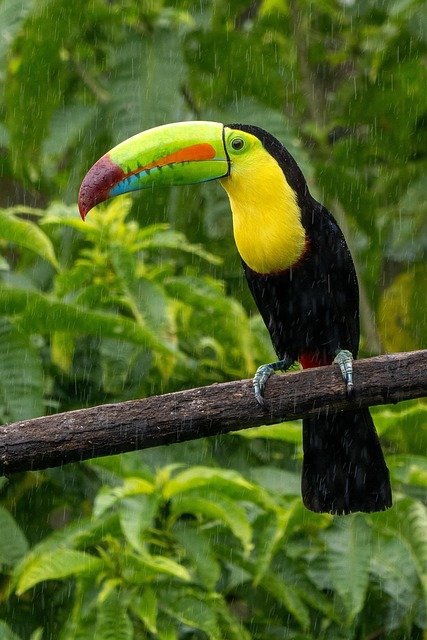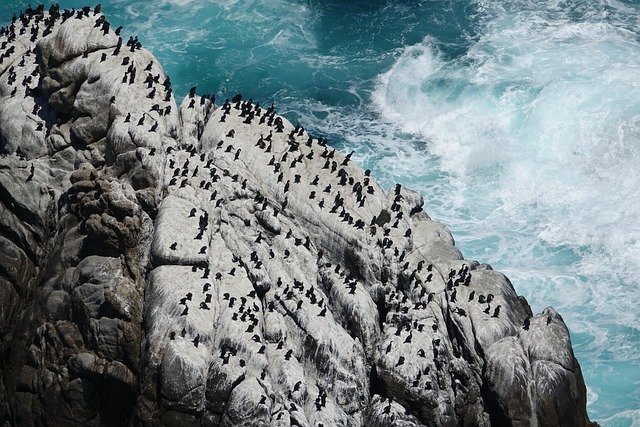**Title: "The Hidden Wonders of Urban Nature: Discover

The Hidden Wonders of Urban Nature
Urban environments are often perceived as concrete jungles, where the natural world takes a backseat to skyscrapers and bustling streets. However, beneath the surface of city life lies a rich tapestry of nature waiting to be discovered. In this post, we’ll explore the hidden wonders of urban nature and how they contribute to the beauty and biodiversity of our cities.
1. Green Spaces: Oases in the Concrete
Cities around the world are increasingly recognizing the importance of green spaces. Parks, gardens, and community greens serve as vital habitats for wildlife and provide residents with a much-needed escape from the urban hustle.
- Central Park, NYC: A historic example of urban greenery, Central Park offers a diverse range of flora and fauna, making it a sanctuary for both city dwellers and wildlife.
- Community Gardens: These grassroots initiatives not only beautify neighborhoods but also promote biodiversity by attracting pollinators like bees and butterflies.
2. Wildlife in Unexpected Places
Urban areas are home to a surprising variety of wildlife. From birds nesting in high-rise buildings to raccoons rummaging through trash cans, city life is intertwined with the animal kingdom.
- Birdwatching: Many cities have become hotspots for birdwatchers. Species like peregrine falcons and red-tailed hawks thrive in urban settings, often nesting on skyscrapers.
- Urban Pollinators: Bees, butterflies, and other pollinators are increasingly found in urban gardens, contributing to the pollination of plants and flowers.
3. Nature-Based Solutions
Cities are turning to nature-based solutions to address environmental challenges. Green roofs, living walls, and urban forests help mitigate the effects of climate change and enhance urban resilience.
- Green Roofs: These innovative structures not only provide insulation but also create habitats for birds and insects.
- Urban Forests: Planting trees in cities can significantly reduce air pollution, lower temperatures, and improve the overall quality of life for residents.
4. Cultural Connections to Nature
Urban nature is not just about biodiversity; it also fosters cultural connections. Many communities celebrate their relationship with nature through art, festivals, and educational programs.
- Nature Walks and Workshops: Guided tours and workshops help residents connect with local flora and fauna, fostering a sense of stewardship for the environment.
- Public Art Installations: Many cities incorporate nature into public art, highlighting the beauty of the natural world and encouraging appreciation among urban dwellers.
5. Get Involved: Explore and Protect Urban Nature
You don’t have to be a biologist to appreciate urban nature. Here are some ways you can get involved:
- Visit Local Parks: Spend time in your local green spaces, observe wildlife, and enjoy the tranquility they offer.
- Volunteer: Join local conservation groups or community gardening initiatives to help protect and enhance urban nature.
- Educate Yourself: Learn about native species and ecosystems in your area to better understand the importance of urban biodiversity.
Conclusion
The hidden wonders of urban nature remind us that even in the busiest cities, life thrives in unexpected ways. By exploring and protecting these natural spaces, we can foster a deeper connection to our environment and promote a healthier, more sustainable urban future. So next time you’re walking through your city, take a moment to look up, look around, and discover the beauty that lies within the urban landscape.
Feel free to share your own experiences with urban nature in the comments below! 🌿🌼

All images are taken from the Pixabay.com
Upvoted! Thank you for supporting witness @jswit.